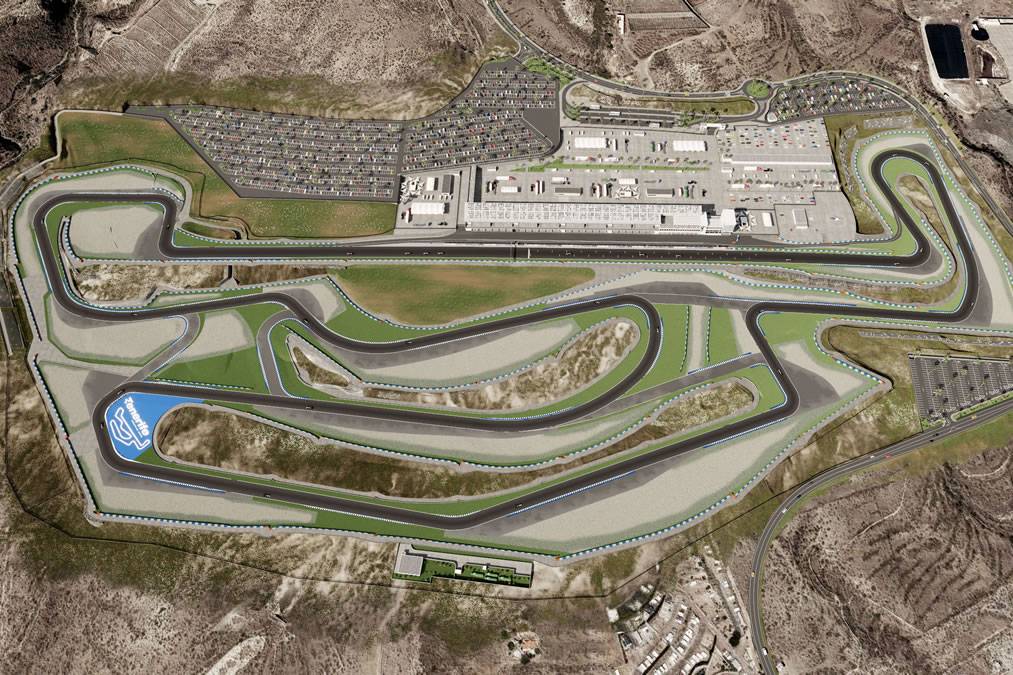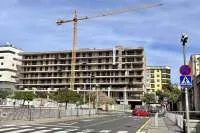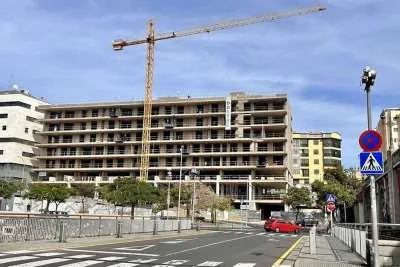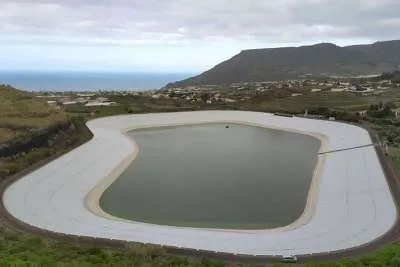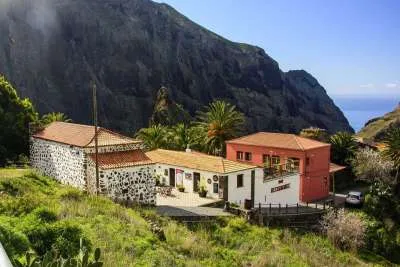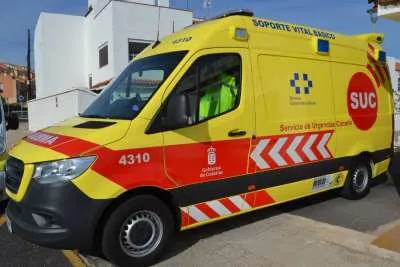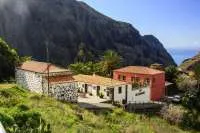Tenerife's controversial Motor Circuit project in legal limbo following conflicting court rulings
- 12-01-2025
- Tenerife
- Canarian Weekly
- Photo Credit: Tenerife Motor Circuit
The Tenerife Motor Circuit has faced yet another judicial twist, leaving the project in a state of uncertainty. The contentious development, which has drawn criticism from environmental groups and residents alike, has now encountered contradictory legal rulings.
The latest judgment, issued by the Administrative Court Number 2 in Santa Cruz, dismissed an appeal from the Asociación Tinerfeña de Amigos de la Naturaleza (ATAN) and upheld the Environmental Impact Declaration (DIA) for part of the project. However, this decision conflicts with an earlier ruling from another court in the same city.
The case in question pertains to one of four sub-projects into which the Cabildo de Tenerife, the regional authority promoting the initiative, divided the Motor Circuit plan in 2021 to expedite its progress. Specifically, it focuses on the Modified Project for Phase II of the North Access to the complex.
ATAN challenged this phase on the grounds of an “ineffective” Territorial Action Project (PAT) and a DIA that dates back 14 years. While both arguments were rejected, the court’s endorsement of the outdated DIA has proven particularly contentious.
The DIA for the Motor Circuit, a public project with a budget exceeding €50 million, was first published in the Official Gazette of the Canary Islands (BOC) on September 30, 2011. It stipulated that the environmental approval would expire after five years unless the project commenced.
The Cabildo maintains that work began in August 2016, just before the DIA was due to expire, but progress was minimal. The contracted firm, Onda Rossa SL, undertook limited activity, prompting the termination of its contract due to “evident abandonment” of the site.
Legal and Environmental Challenges
ATAN and the national Ombudsman have both argued that the DIA should have lapsed due to the lack of significant progress within the stipulated timeframe. Nevertheless, the latest judgment focused strictly on timelines and concluded that, despite the sluggish pace of work, the five-year deadline was met. As a result, ATAN’s appeal was dismissed, and the organisation was ordered to pay legal costs.
However, this ruling stands in direct contrast to a recent decision by Administrative Court Number 1 in Santa Cruz de Tenerife. That court upheld ATAN’s challenge against another phase of the project, reasoning that minimal interventions by Onda Rossa SL were insufficient to justify the indefinite validity of the DIA. The earlier ruling argued that environmental approvals should align with current ecological standards and techniques, which the Motor Circuit’s outdated DIA does not reflect.
Adding to the controversy, two newly identified protected species—Plantago asphodeloides (commonly known as fine plantain) and Herniaria canariensis (Canary Islands herniaria)—have been discovered in the project area. These species were not accounted for in the original environmental assessments, further fuelling calls for a revised evaluation.
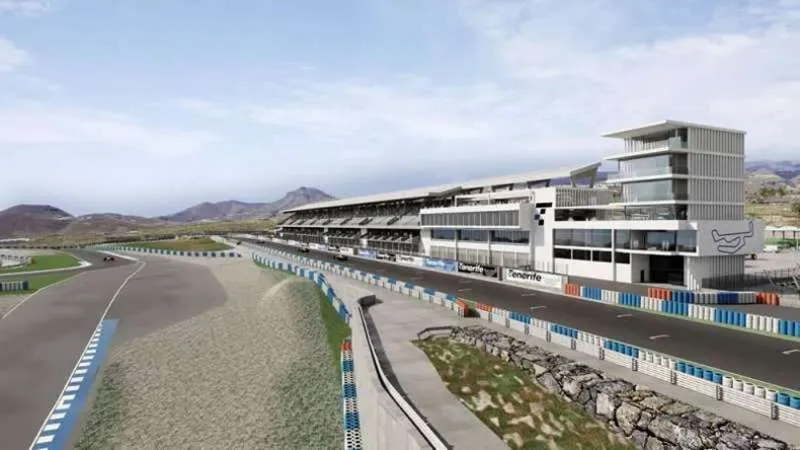
A Project Under Scrutiny
The Cabildo has so far declined to comment on the recent rulings. However, local media reports suggest that they plan to appeal the earlier decision, which halted progress on the circuit’s grandstands. Meanwhile, ATAN has vowed to contest the latest judgment and continues to challenge the remaining sub-projects, including plans for flood defences and the circuit’s main track.
The Motor Circuit project, intended as a landmark development for Tenerife, has become a lightning rod for environmental and legal disputes. Critics argue that the project exemplifies a disregard for ecological preservation and due process, while proponents see it as a vital investment in the island’s future.
As the courts continue to weigh in, the fate of the Tenerife Motor Circuit remains uncertain, and the debate around its viability shows no signs of abating.


